Ca Sento is named after a well-known restaurant of that name in Valencia. The young (born 1978) head chef is Sinya Fukumoto, who worked in Spain for eight years before returning to Japan, opening Ca Sento in 2008. He trained at Mugaritz, Martin Berasategui and Ca Sento in Valencia. As so often with restaurants in Japan, Ca Sento is tucked away in a discreet location, in an alley off a small side street in central Kyoto. A mimosa bush and a couple of olive trees outside the entrance give a visual clue that the culinary theme is European rather than Japanese.
The dining room is small, with just five tables set during our visit. It is simply but attractively decorated with wood floor, plain walls and a view into the partly open kitchen at the far end. A haunch of pata negra on display outside the kitchen proved this evening to be, tantalisingly, for display purposes only. Jazz played quietly in the dining room, and the generously spaced tables were set with white linen. As is common in high end restaurants in Japan, no menu is offered: a single menu is served based on the preferences of the kitchen, though of course they will try and adjust for any allergies if you can make these known in advance. There was a wine list, but only in Japanese, and since none of the waitresses spoke English we drank beer.
The initial nibble was unpromising, an ark shell clam in a young onion emulsion. The latter was quite delicate but the clam itself was distinctly chewy, with limited flavour. These clams can be chewy at the best of times, but this one did not compare well to ones I have eaten previously in Japan (12/20). Better was ezo abalone (a Pacific abalone found in the waters of northern Japan) in a light tempura layer, resting in a chickpea soup. The abalone itself was very good, avoiding the rubberiness that can easily afflict abalone, but the idea of resting it in a soup seemed to me flawed, as the light tempura coating became soggy (15/20).
A series of little appetisers were then served, tapas style, together. Gazpacho with a purée of olive oil was good but the tomatoes used (local to Kobe) did not have particularly great flavour, which was in some ways odd as I had eaten some stunning tomatoes at a restaurant (Aragawa) in Kobe for lunch the same day, so it was clearly possible to get superb tomatoes locally (15/20). A little piece of cured Tokushimo mullet was served with coriander and almond sauce and a purée of haricot beans. This worked well, the bean purée lovely and balancing the fish well (17/20). Also good was Mediterranean anchovy with onion and sherry vinegar, and a raspberry vinegar marinade, the fish resting on anchovy powder. The marinade was nicely judged, the balance of the dish again good (17/20).
Even better was marinated Moroccan sardine with a purée of potato, stretched out over a thin curved tuile. The sardine was lovely, its inherent oiliness balanced nicely by the citrus note of the marinade and complemented by the earthiness of the potato, the tuile providing a textural contrast (18/20). This was better than a smoked quail egg with espuma of ham, served in a half shell of quail egg, the smokiness just a little too strong (15/20).
Terrine of foie gras on crisp cocao churros was lovely, rich and smooth, served on a bed of popcorn (17/20). Boudin noir was quite rich, topped with a tiny blob of onion purée; more of the latter would have balanced this better (16/20). The final nibble was seaweed tuile containing sea urchin, which worked quite well as there was a citrus note to balance the inherent richness of the sea urchin (17/20). At this stage bread arrived, made from scratch in the kitchen and at this stage was a choice of brioche flavoured with sun-dried tomato, and a mini roll of country bread. The brioche was good, the country bread crust a little too hard. Later some other bread appeared, a brown roll and, at the cheese stage, a nut bread (17/20 overall for the bread).
The first proper course was a large prawn (from Hokkaido) that had been cooked on a charcoal grill, giving a pleasant hint of smokiness, served with a fennel purée and a little dill as garnish, on a cheese-flavoured thin tuile. The prawn itself was carefully cooked and had excellent flavour, the other elements working nicely with it (17/20). Next was what initially appeared to a bowl with salad. On the top were assorted leaves covering a series of vegetables: radish, asparagus, green pepper, turnip, potato and squash. However a thin soup was then poured over the salad, the soup apparently flavoured with cheese though this was very subtle indeed. The effect was to drown the salad leaves in liquid, rendering them soggy, which was a pity as the actual vegetables and leaves were of very high quality, and would have been great just with a simple dressing. There is a reason why soup and salad are usually served separately, and this seemed to me a flawed idea, the chef prioritising innovation at the expense of the success of the dish (13/20 given the good ingredients).
The meal got back on track with sea bass, served with a powder of macadamia nuts and sesame, inside which lurked a purée of black garlic. This worked really well, the sea bass perfectly cooked and of high quality, the garlic taste lifting the dish, the powder adding an extra texture and additional flavour notes (18/20). Main course was duck with a salad of nasturtium leaves, rocket, chervil and a little wasabi. This was a good dish, the duck having excellent flavour, the wasabi working well with the meat (17/20). My wife had a similar dish but substituting monkfish for the duck, and this was also very good (17/20). An interesting cultural fusion then followed. It is traditional for a Japanese banquet to end with rice. Here this occurred in the form of a bouillabaisse with rice mixed in with the squid, clams and mussels. The bouillabaisse itself was good, the stock nicely made (16/20).
I sampled a small plate of cheese, all of which were from Japan, which was a nice touch, a soft goat cheese being the best of these. A series of small deserts now appeared. White chocolate with strawberry was served with a vanilla sorbet, the early season strawberries having good flavour, the sorbet having plenty of vanilla taste (17/20). An orange flan with jelly was marred by it being smoked, another example of flashy technique where none was needed, the smoke coming across too strongly and dominating the dish; a pity as the texture was excellent, and good orange flavour could be detected under its smoke screen (13/20). The best dessert was an almond parfait with pear sorbet, a much more harmonious dish and showing excellent technique, both elements lovely (18/20).
Service was charming, and although no English was spoken one waitress turned out to speak French, so we managed to communicate that way. The bill was ¥33,170 between two, with beer rather than wine i.e. £126 a head. This was not excessive given that a great deal of work had clearly gone into the food. Overall the ingredient quality was high, as it so often is in Japan, a country blessed with superb ingredients. Technique was generally very good other than a heavy hand with the smoker. Overall it was a rather mixed experience, with some genuinely lovely dishes mixed in with some unsuccessful experiments where innovation was put above pleasure. Fortunately this only happened a couple of times, and as a whole the experience was enjoyable.

-
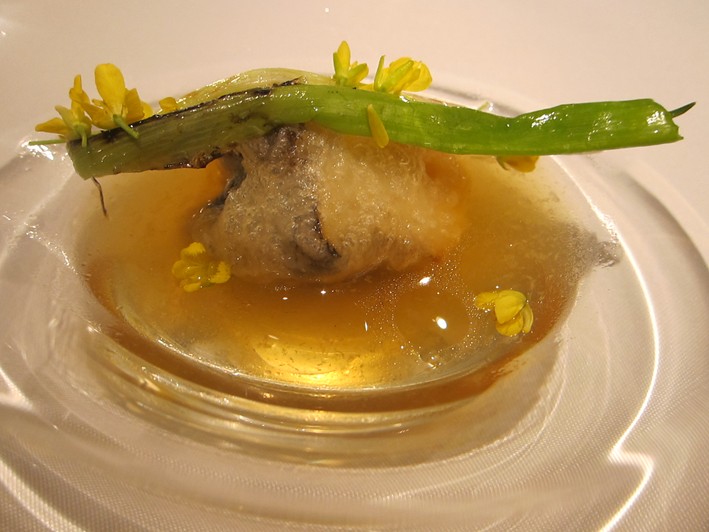 abalone
abalone

-
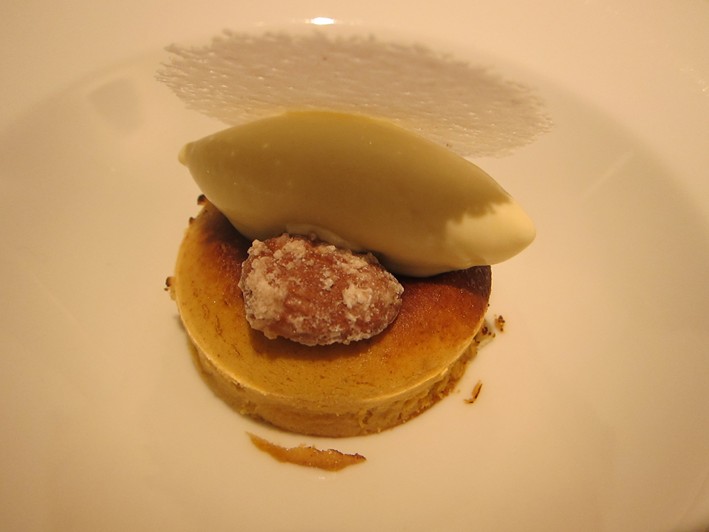 almond parfait
almond parfait

-
 anchovy
anchovy

-
 ark shell clam
ark shell clam

-
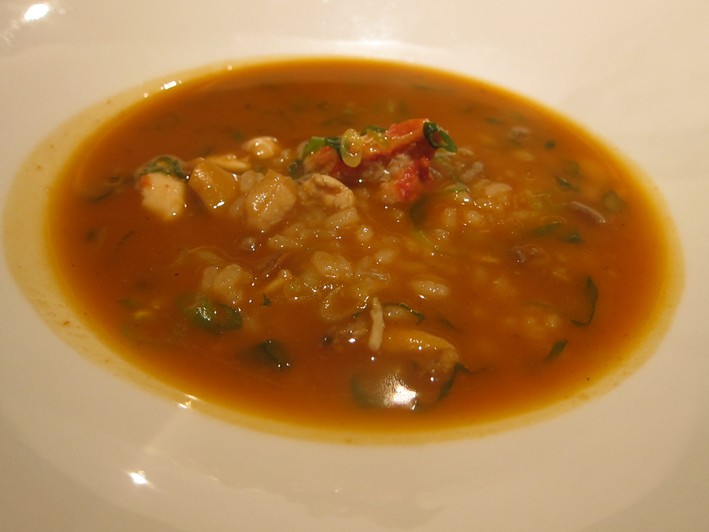 bouillabaisse served
bouillabaisse served

-
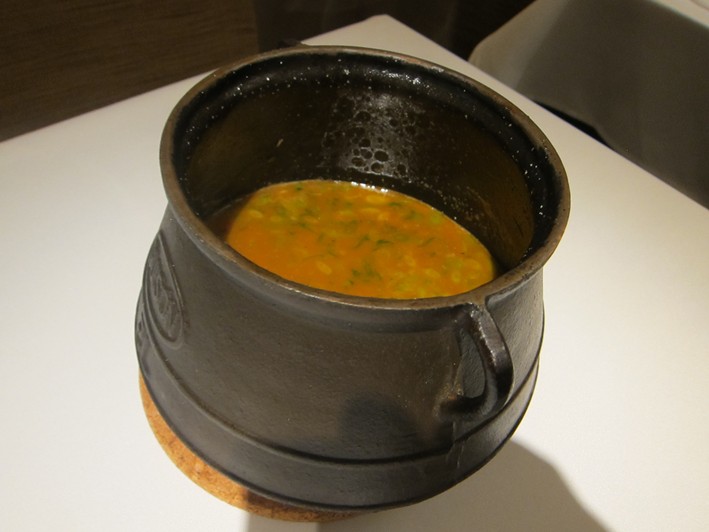 bouillabaisse
bouillabaisse

-
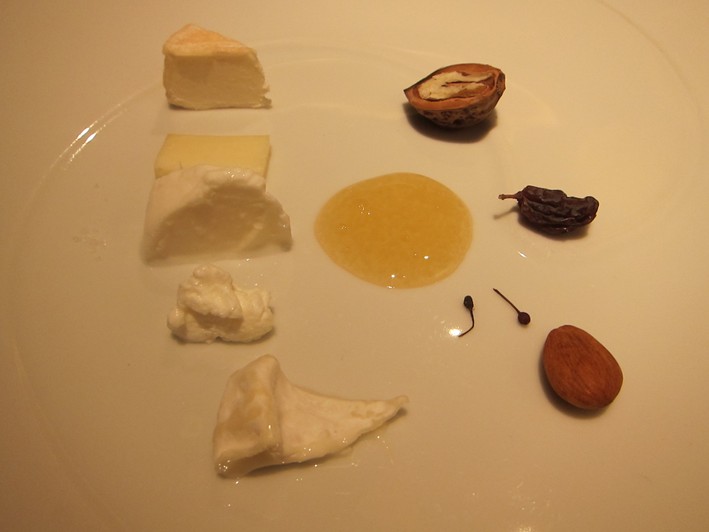 cheese
cheese

-
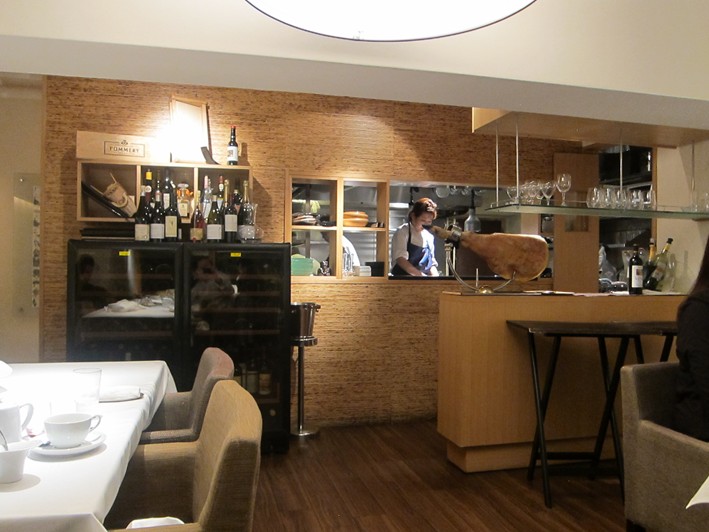 dining room
dining room

-
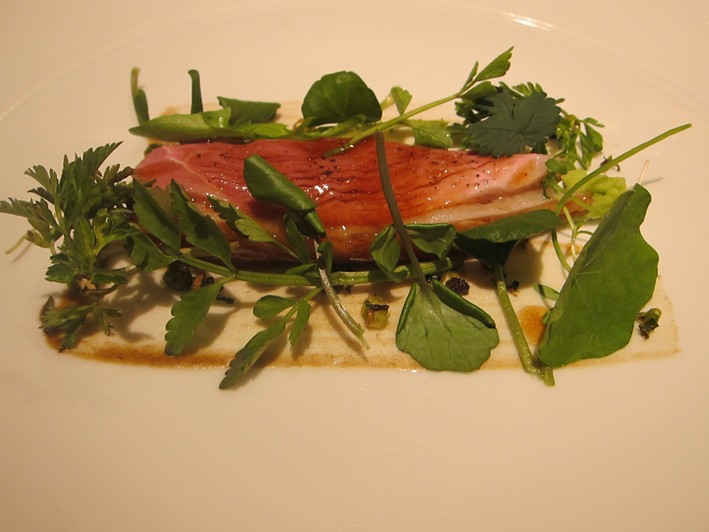 duck with salad
duck with salad

-
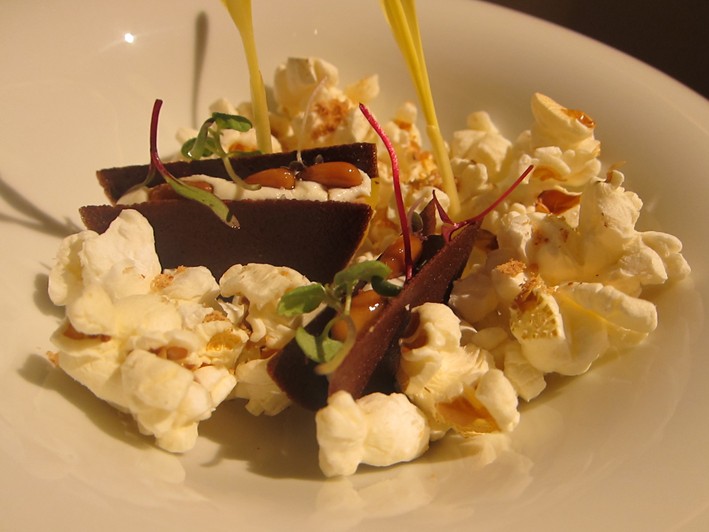 foie gras with crispy churros
foie gras with crispy churros

-
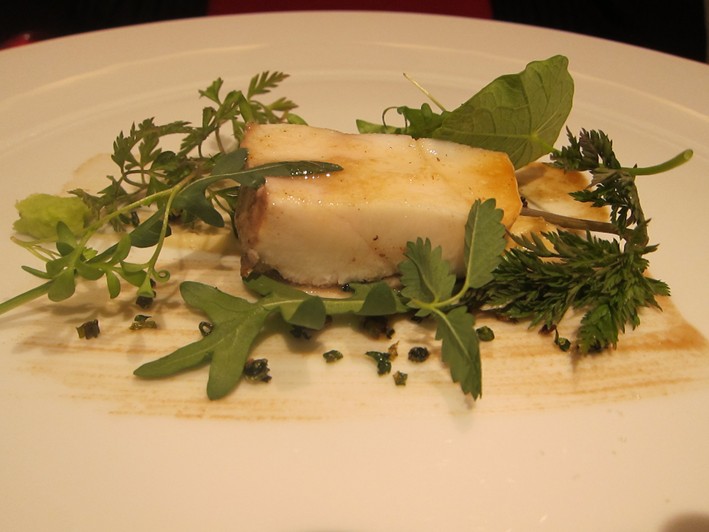 monkfish
monkfish

-
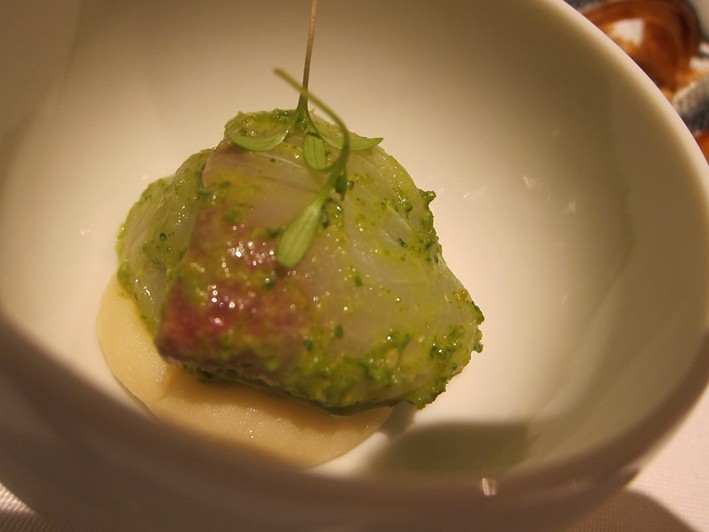 mullet with haricot beans
mullet with haricot beans

-
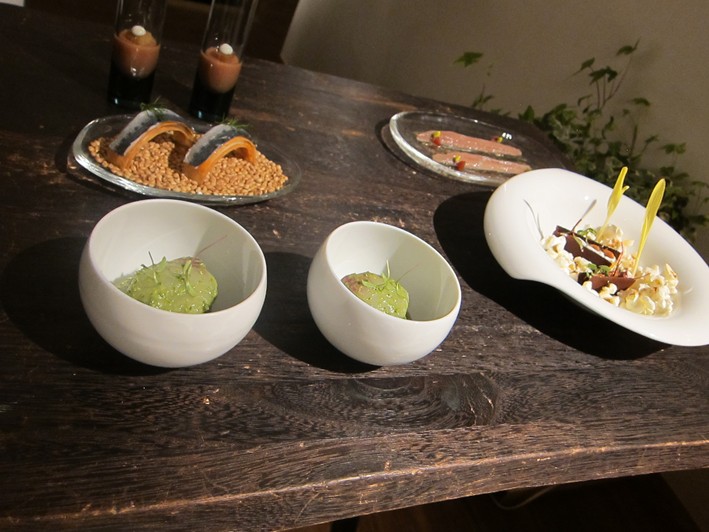 nibbles
nibbles

-
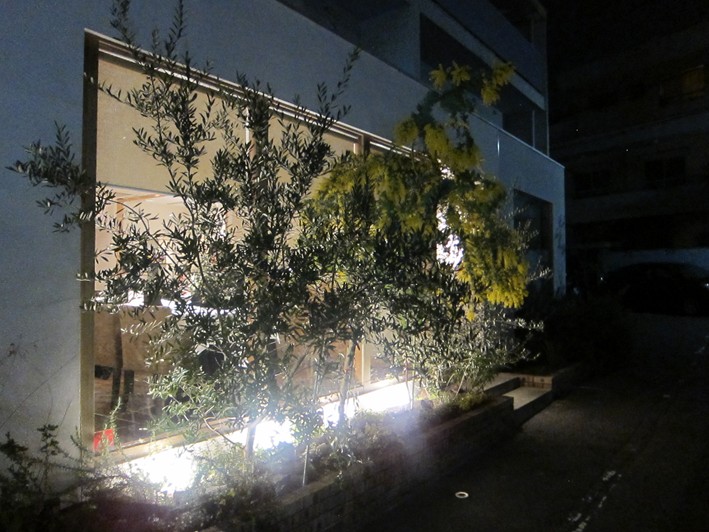 outside
outside

-
 prawn
prawn

-
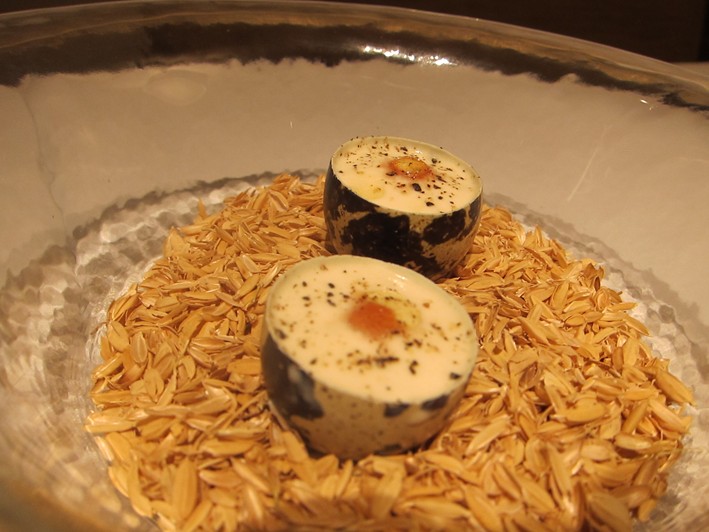 quail egg
quail egg

-
 salad
salad

-
 sardines
sardines

-
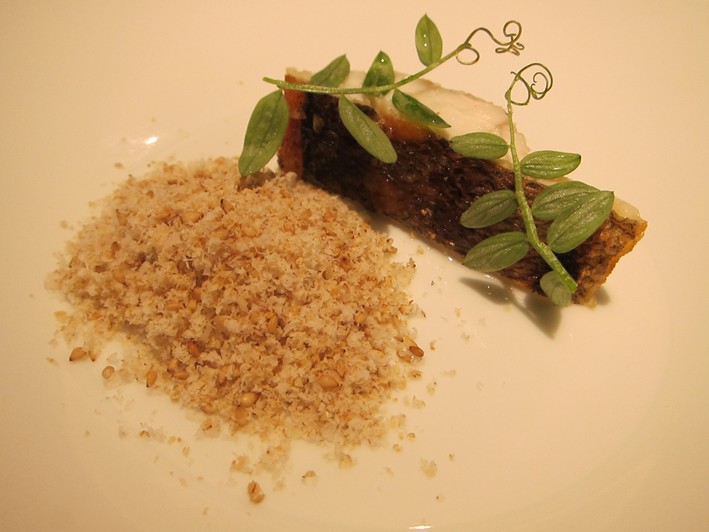 sea bass
sea bass

-
 sea urchin
sea urchin

-
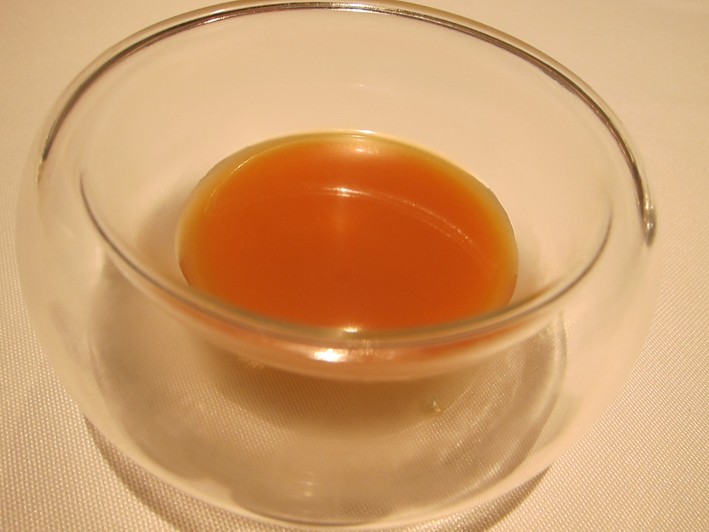 smoked orange flan
smoked orange flan

-
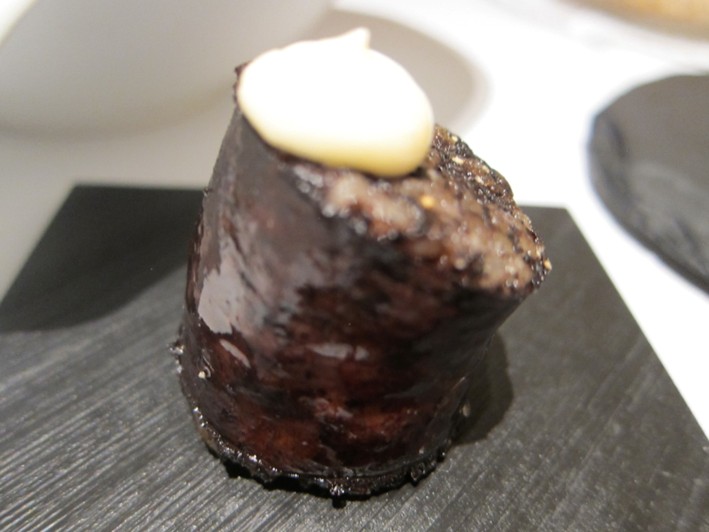 boudin noir
boudin noir

-
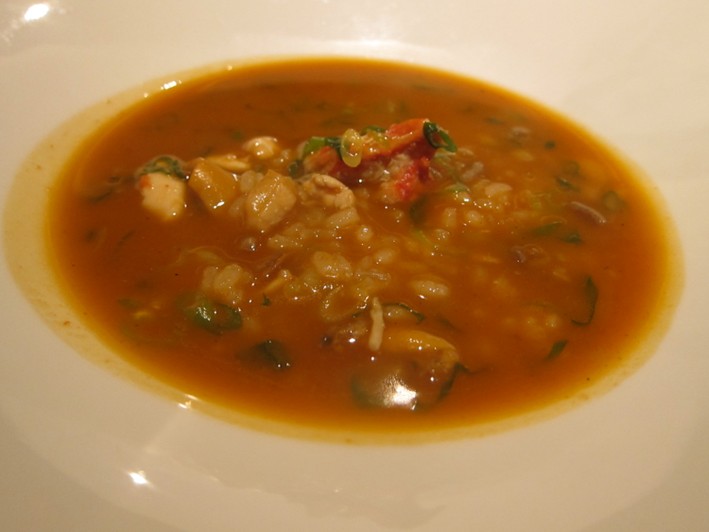 bouillabaisse in its dish
bouillabaisse in its dish

-
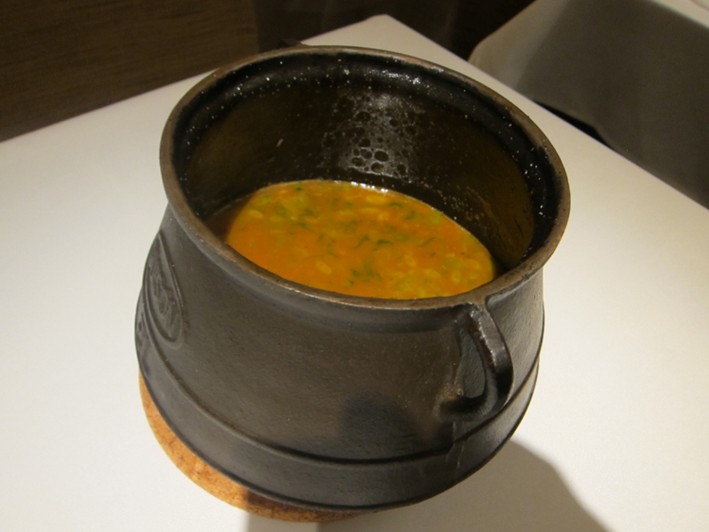 bouillabaisse with rice
bouillabaisse with rice

-
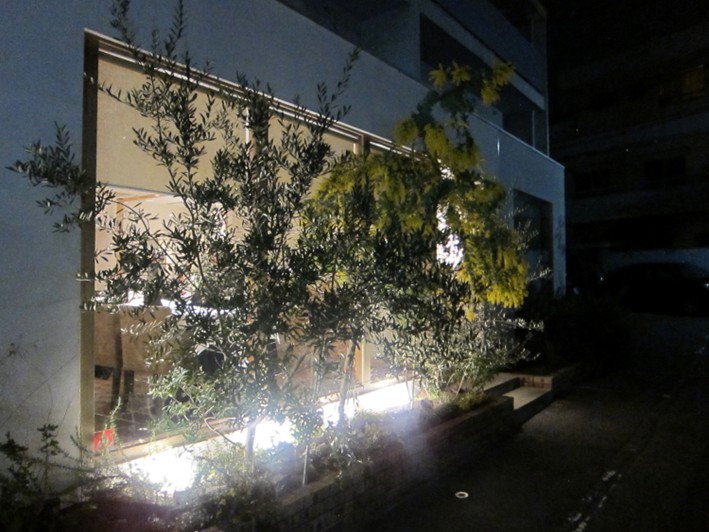 entrance
entrance

-
 foie gras and crispy churros
foie gras and crispy churros

-
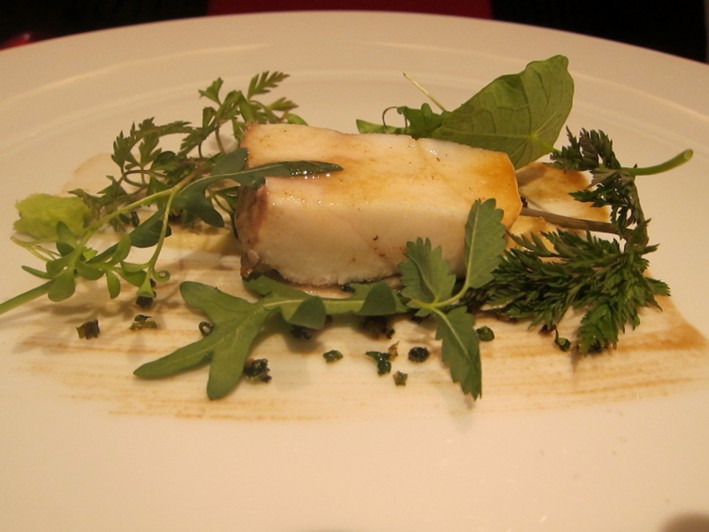 monkfsih
monkfsih

-
 prawn from hokkaido
prawn from hokkaido

-
 sardine
sardine

-
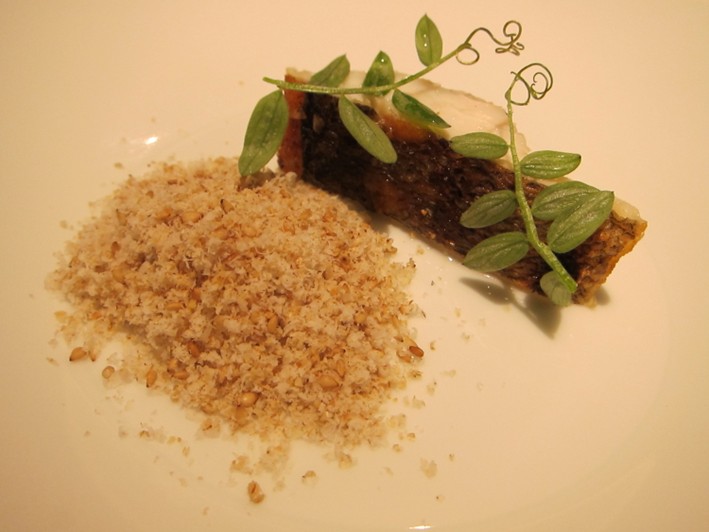 sea bass and macadmia powder
sea bass and macadmia powder

-
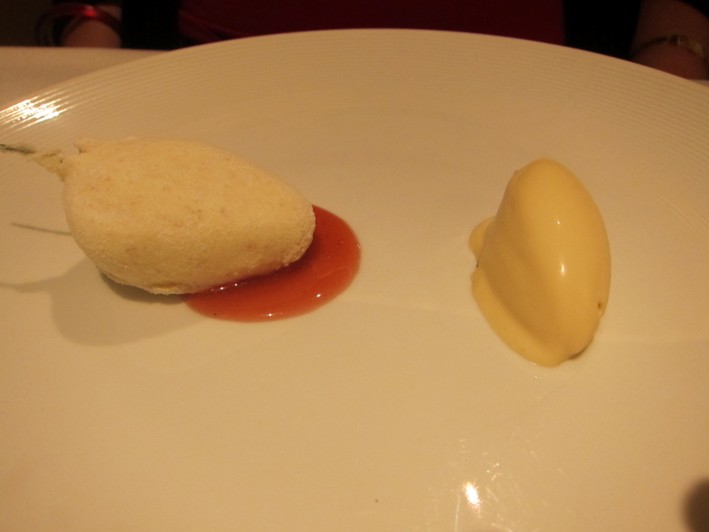 white chocolate with strawberry
white chocolate with strawberry

Spanish cuisine
 Average Price £130
Price I paid £126
Value for money
££££££
Overall rating 17/20
Average Price £130
Price I paid £126
Value for money
££££££
Overall rating 17/20

The type of cuisine served at this restaurant
Typical price for three courses and modest wine
What I actually paid on this particular visit
Calculated from overall rating/average price: £££££ is best, £ least good
Score for the food from 1 to 20, with 20 being world class
































Add a comment
Thank you for submitting your comment, this will be checked and added to the website very soon.
User comments